
News






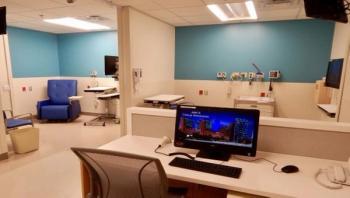

Nonalcoholic fatty liver disease (NAFLD) - a condition that can lead to liver cirrhosis and cancer - isn’t typically detected until it’s well advanced. Even then, diagnosis requires an invasive liver biopsy. To detect NAFLD earlier and more easily, researchers in the NAFLD Research Center at University of California San Diego School of Medicine, Human Longevity, Inc. and the J. Craig Venter Institute report that the unique microbial makeup of a patient’s stool sample - or gut microbiome - can be used to predict advanced NAFLD with 88 to 94 percent accuracy.

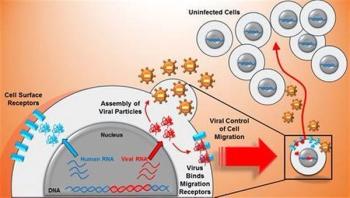
Research at the University of Illinois at Urbana-Champaign has provided the first evidence that viruses and hosts share highly similar regulatory sequences in their promoters--the initiation sequences of human genes that code for functional proteins.


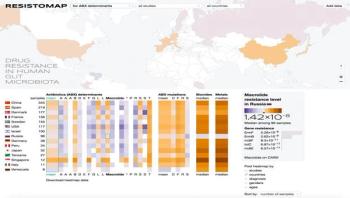
Russian scientists have created an interactive world map of human gut microbiota potential to resist antibiotics (resistome). Their ResistoMap will help identify national trends in antibiotic use and control antibiotic resistance on the global scale.
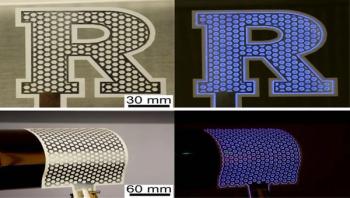
Imagine wearing clothes with layers of paper that protect you from dangerous bacteria. A Rutgers-led team has invented an inexpensive, effective way to kill bacteria and sanitize surfaces with devices made of paper.
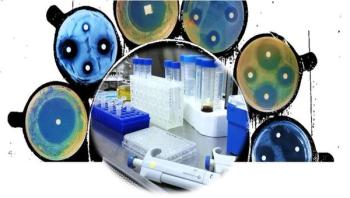

Bacteria need mutations -- changes in their DNA code -- to survive under difficult circumstances. When necessary, they can even mutate at different speeds. This is shown in a recent study by the Centre of Microbial and Plant Genetics at KU Leuven (University of Leuven), Belgium. The findings open up various new avenues for research, ranging from more efficient biofuel production methods to a better treatment for bacterial infections and cancer.







A new type of wound dressing could improve thousands of people's lives, by preventing them from developing infections. The dressing, a type of compression held in place by a bandage, uses an antibacterial substance formed from the shells of crustaceans like shrimps. It is described in a paper published in the May issue of Radiation Physics and Chemistry.

There are deep-seated conflicts throughout the Western world about how to handle the influx of refugees and immigrants--should we close our borders or bid the newcomers welcome? New research reveals that such opposing points of view are grounded in more than deliberate thought and reasoned arguments. At the level of preconscious processing, strong feelings about immigrants are controlled by something as surprising as the immune system.


Zika virus can persist in cerebrospinal fluid (CSF), lymph nodes and colorectal tissue of infected rhesus monkeys for weeks after the virus has been cleared from blood, urine and mucosal secretions, according to a study published online in Cell. The research was led by Dan H. Barouch, MD, PhD, and colleagues at Beth Israel Deaconess Medical Center and Harvard Medical School and was funded in part by the National Institute of Allergy and Infectious Diseases (NIAID), part of the National Institutes of Health (NIH).


